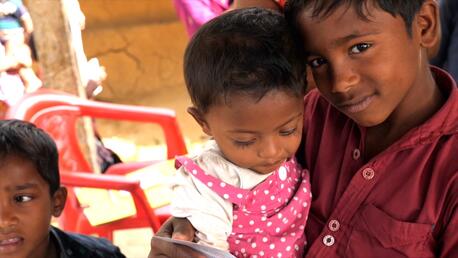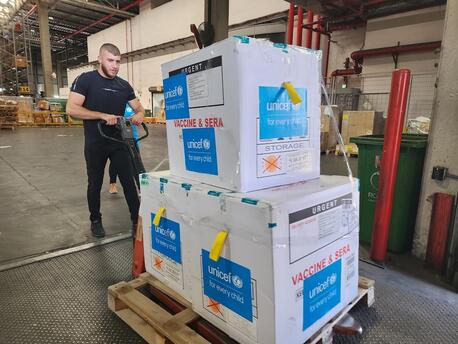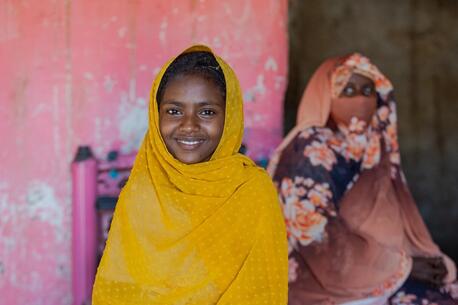Three Stories About How Clean Water Saves Kids' Lives
By joining UNICEF in providing clean water for the world's children, you help ensure their health, safety and prospects for a bright future
How long could you go without clean water?
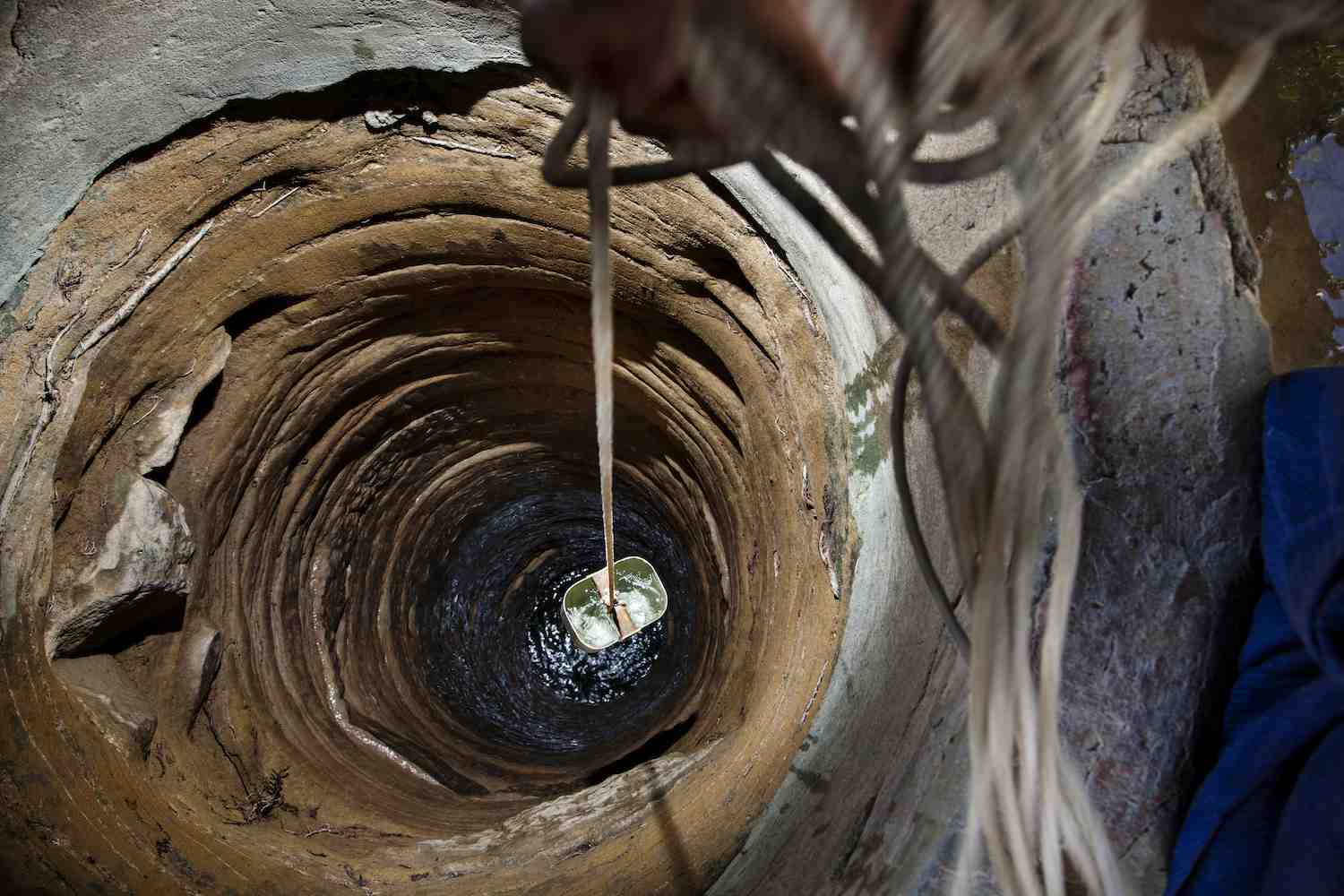
In December 2014, UNICEF and its partners drilled a new well, deep enough to reach clean water for the entire village of Hnen Ser Kyin, Myanmar. © UNICEF.
No one can survive without water. Yet, 3 out of 10, or 2.1 billion, people lack access to safe, readily available water at home. 6 in 10, or 4.5 billion, people live without sufficient sanitation facilities. As a result, every year, 361,000 children under 5 die due to diarrhoea. Poor sanitation and contaminated water are also linked to such diseases as cholera, dysentery, hepatitis A, and typhoid.
How does clean water save kids' lives?
A UNICEF pilot water project has changed the lives of Adjara, 12, her family, and her entire community in Burkina Faso
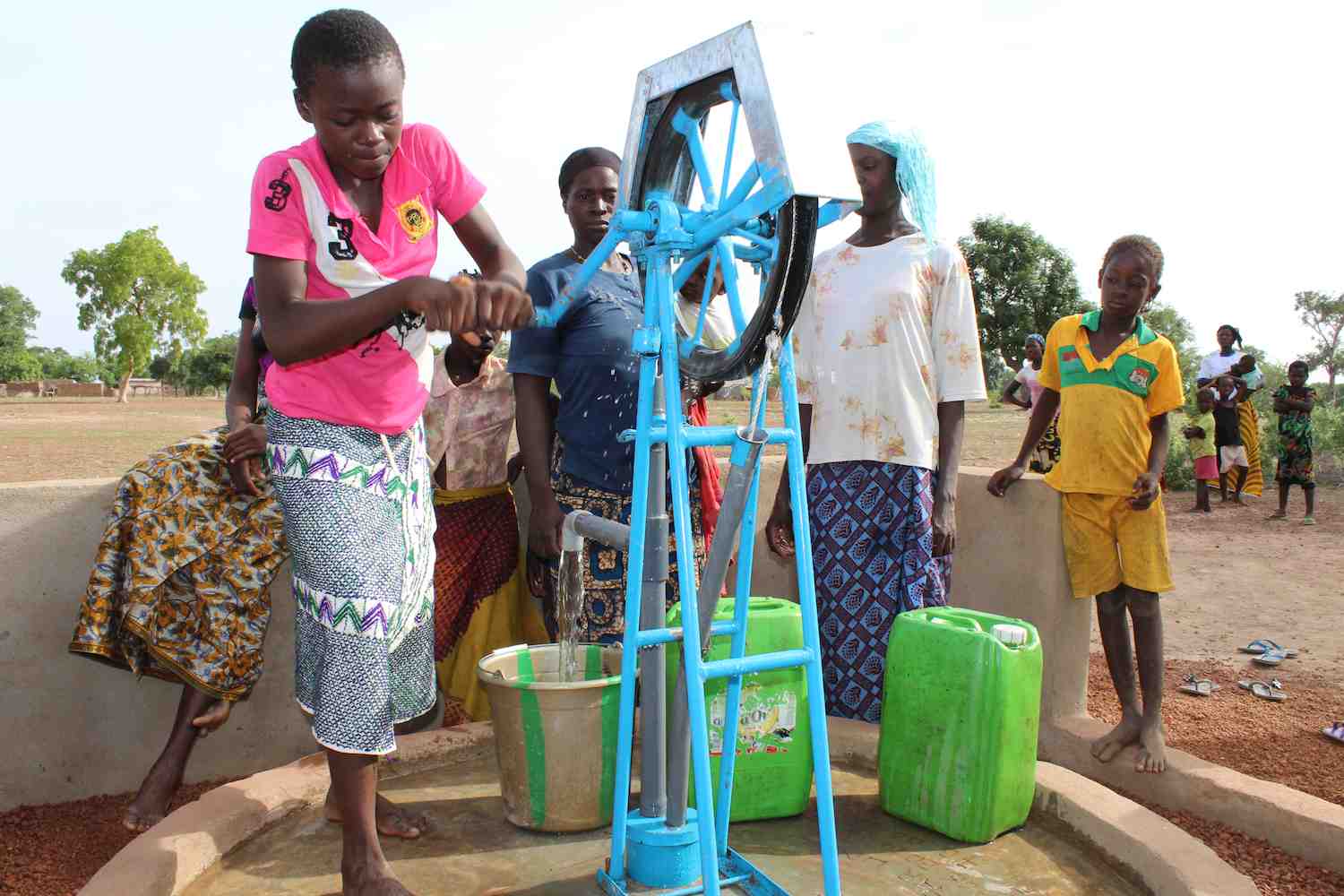
Adjara, 12, helps to pump water from a new UNICEF water point, part of a UNICEF pilot project for 4,000 people in Burkina Faso. © UNICEF USA.
Adjara, 12, the eldest of five children, saw her life change when a finished water point was installed only a few feet away from her house as part of a larger UNICEF pilot project for about 4,000 people living in a remote, desolate region of Burkina Faso.
This pilot project not only brings clean, safe water to the community, but also employment. Three teams — each with four to five community members — have received training in manual drilling.
Fatouma, Adjara’s mother says: “The water tastes so much better now. You just can’t compare it. Because of the water from the old well, my children would get sick too often … You have given us our health back. This is a very special gift.”
After UNICEF dug a new well for his Malawi village, Tamadani, 2, and his family are healthy.
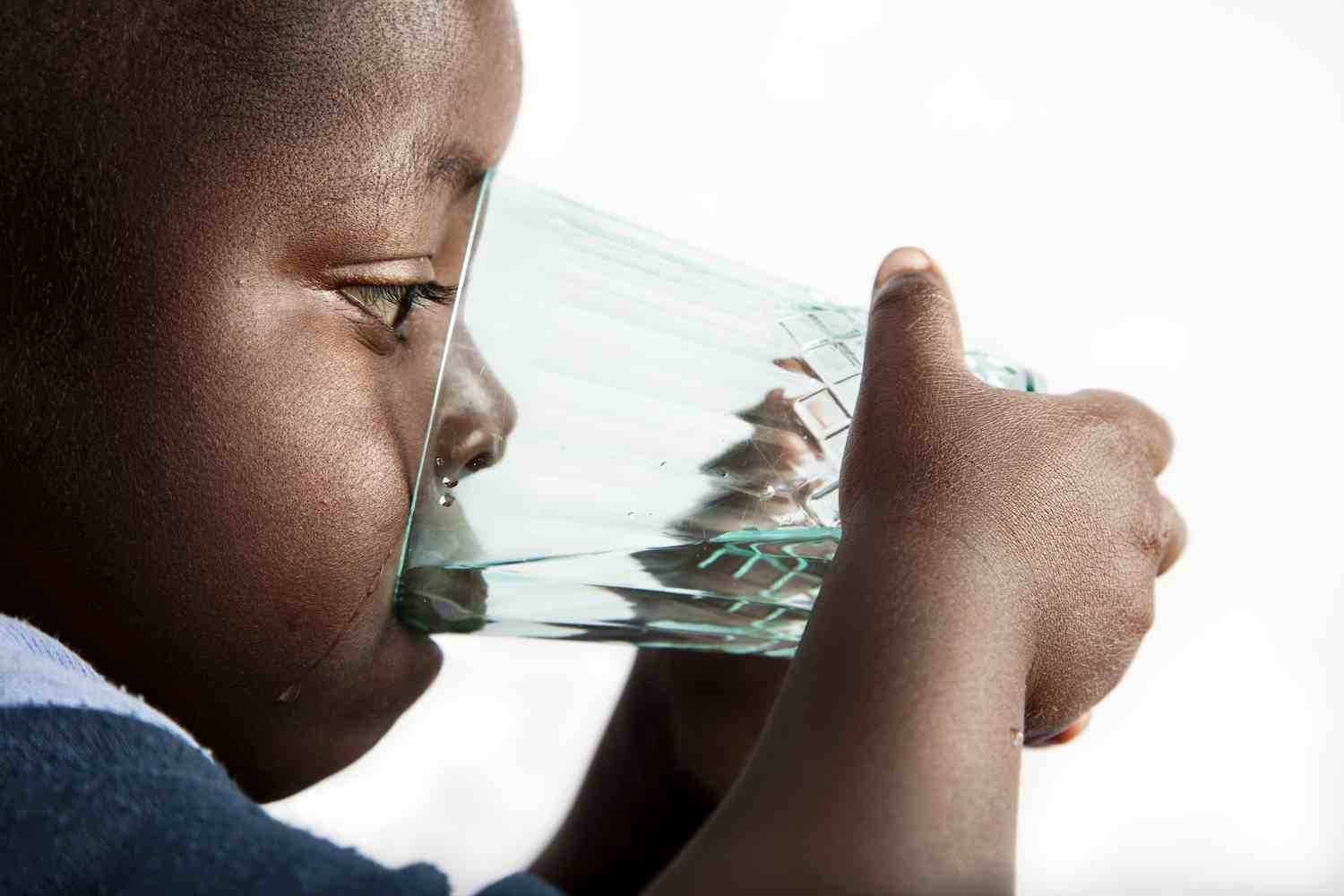
Tamdani, 2, drinks a glass of water from a well UNICEF drilled to bring clean water in his village in Malawi. © UNICEF USA.
Before UNICEF came to his village in Malawi, Tamadani, 2, his brother John, 8, his sister Kosalata, 12, and their mother Rhoda had to drink unsafe water from shallow wells.
As Rhoda explains: “The water was really bad. Sometimes, you could see the germs with your own eyes. We were supposed to add chemicals to clean it, but we were so poor, we couldn’t afford them. People were getting diarrhea, dysentery, and even cholera.”
After UNICEF dug a much deeper well to reach clean water, Tamadani and his family were able to get 100 liters of safe water daily for bathing, cooking, drinking, and washing clothes and dishes. Now, Rhoda says, “People don’t get sick because of the water [anymore].”
Life is much easier for Syrian refugee Esa, 2, and his family with a new UNICEF water tank near their tent.
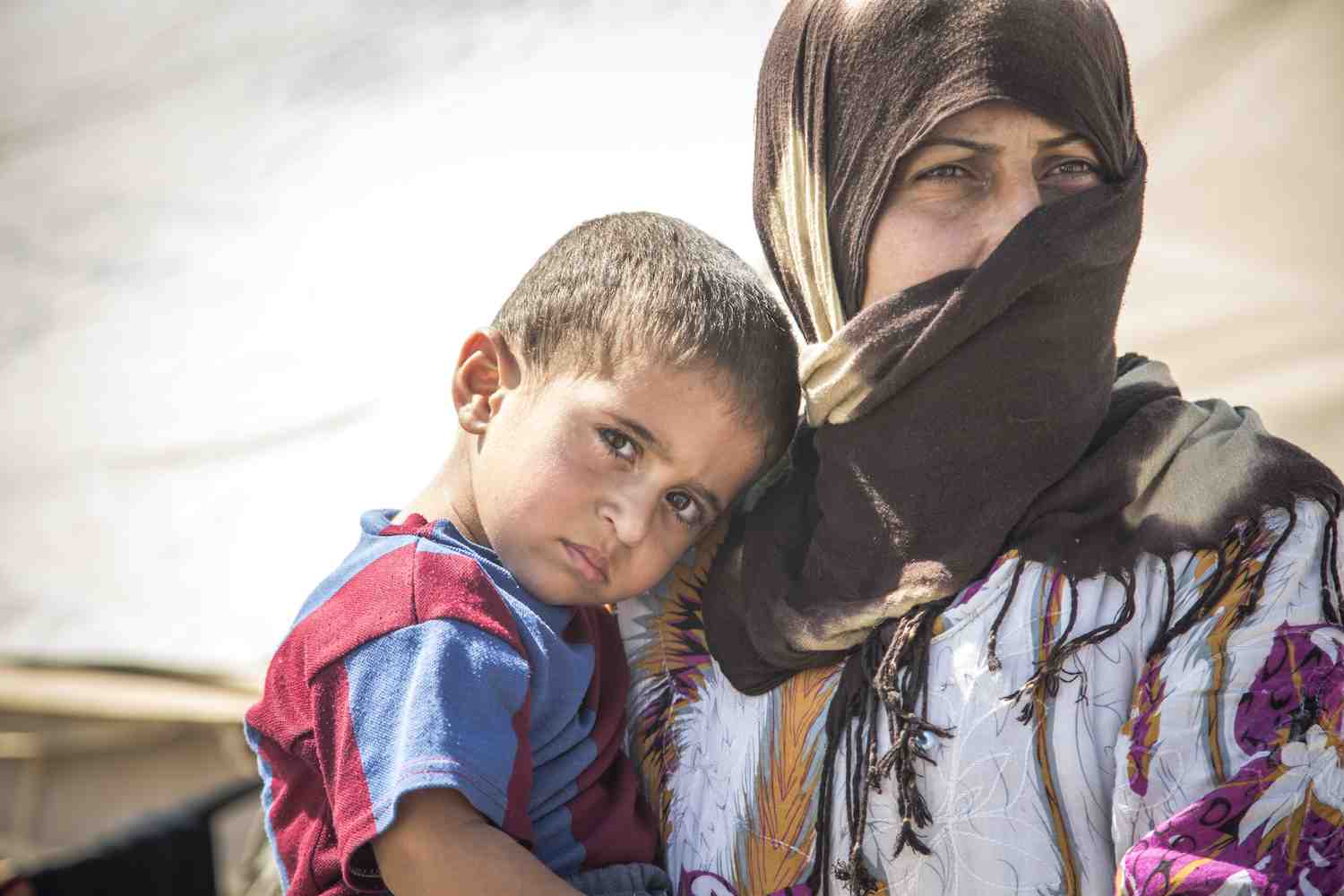
Syrian refugee Esa, 2, and his mother in a refugee camp in Iraq after UNICEF located a reliable water tank near their tent. © UNICEF USA.
After fleeing war-torn Syria, Esa, 2, lives in a tent in a refugee camp in Iraq with his mother and three siblings: Noor, 6, Robin, 13, and Ahmad, 13.
Once an hour, Esa’s older siblings had to walk a long way to the camp’s central water tank. They carried water back in plastic containers. Sometimes, families would disagree about how much water each person should get. Occasionally, no water was available in the afternoon. But a new UNICEF-installed water tank, located near their tent and filled every week, changed everything.
Esa’s mother says: “Before we had the tank, I couldn't wash clothes or bed sheets regularly. My children could only wash every three days. Now, they have more clean water to drink and they can wash every two days. I am also able to wash our clothes and sheets more frequently, which helps keep us all healthier."
Learn more about UNICEF's efforts to reach the poorest and most vulnerable with safe water today.
HOW TO HELP
There are many ways to make a difference
War, famine, poverty, natural disasters — threats to the world's children keep coming. But UNICEF won't stop working to keep children healthy and safe.
UNICEF works in over 190 countries and territories — more places than any other children's organization. UNICEF has the world's largest humanitarian warehouse and, when disaster strikes, can get supplies almost anywhere within 72 hours. Constantly innovating, always advocating for a better world for children, UNICEF works to ensure that every child can grow up healthy, educated, protected and respected.
Would you like to help give all children the opportunity to reach their full potential? There are many ways to get involved.



